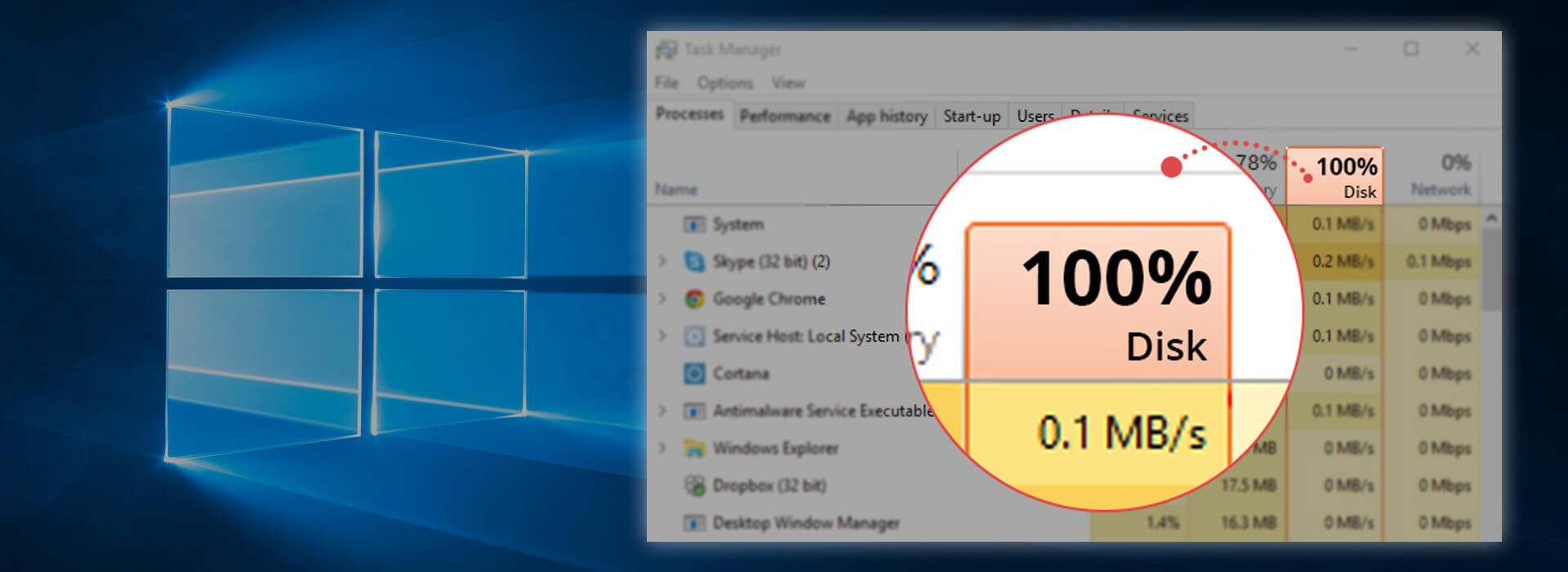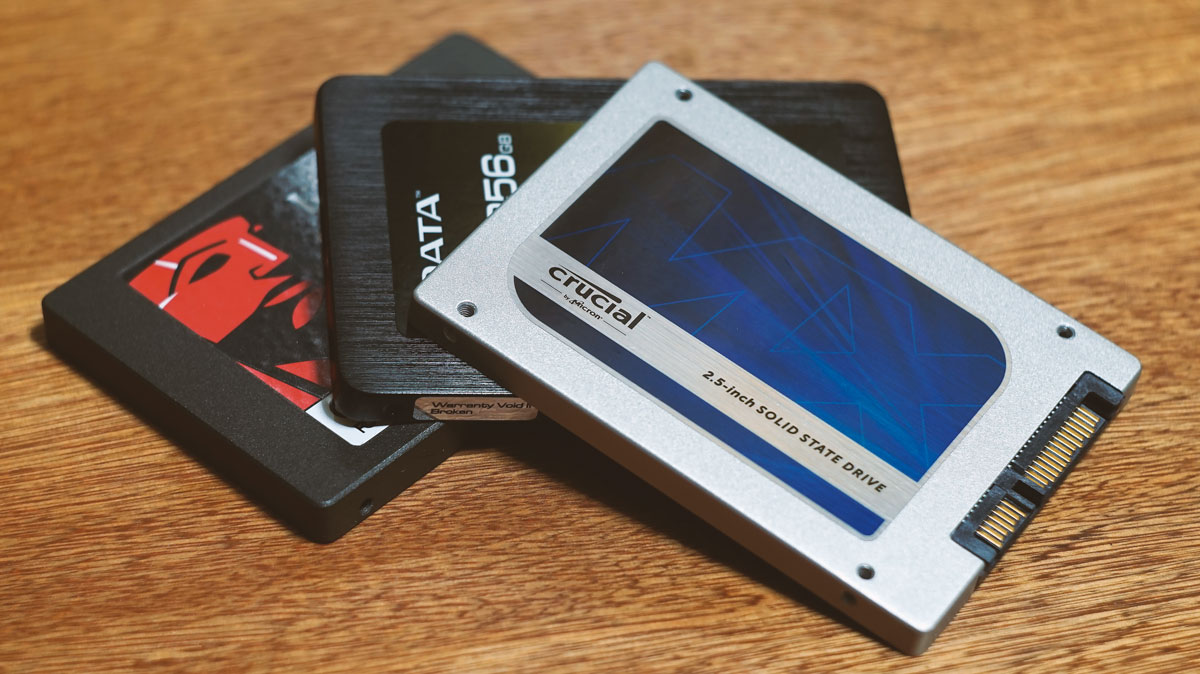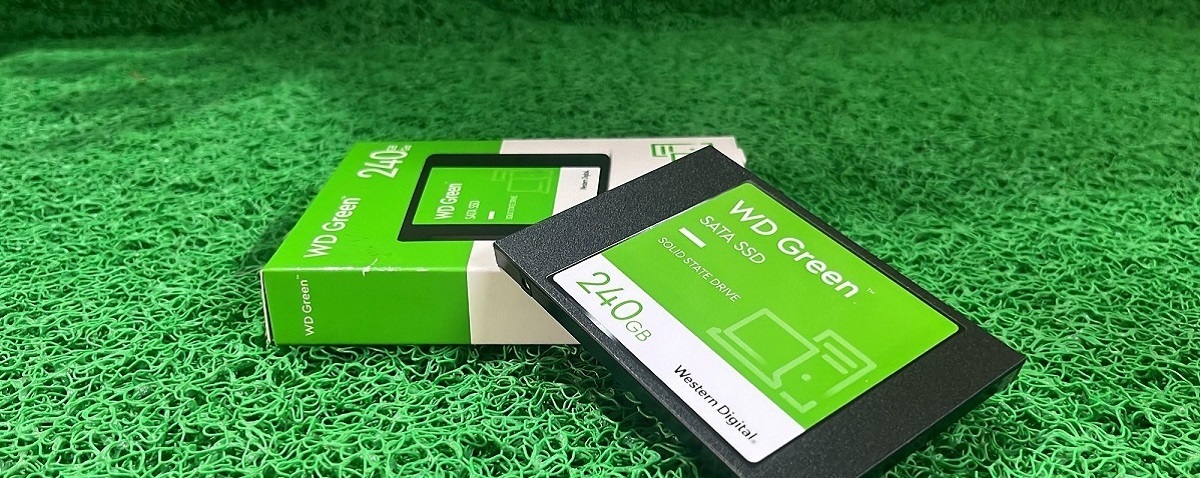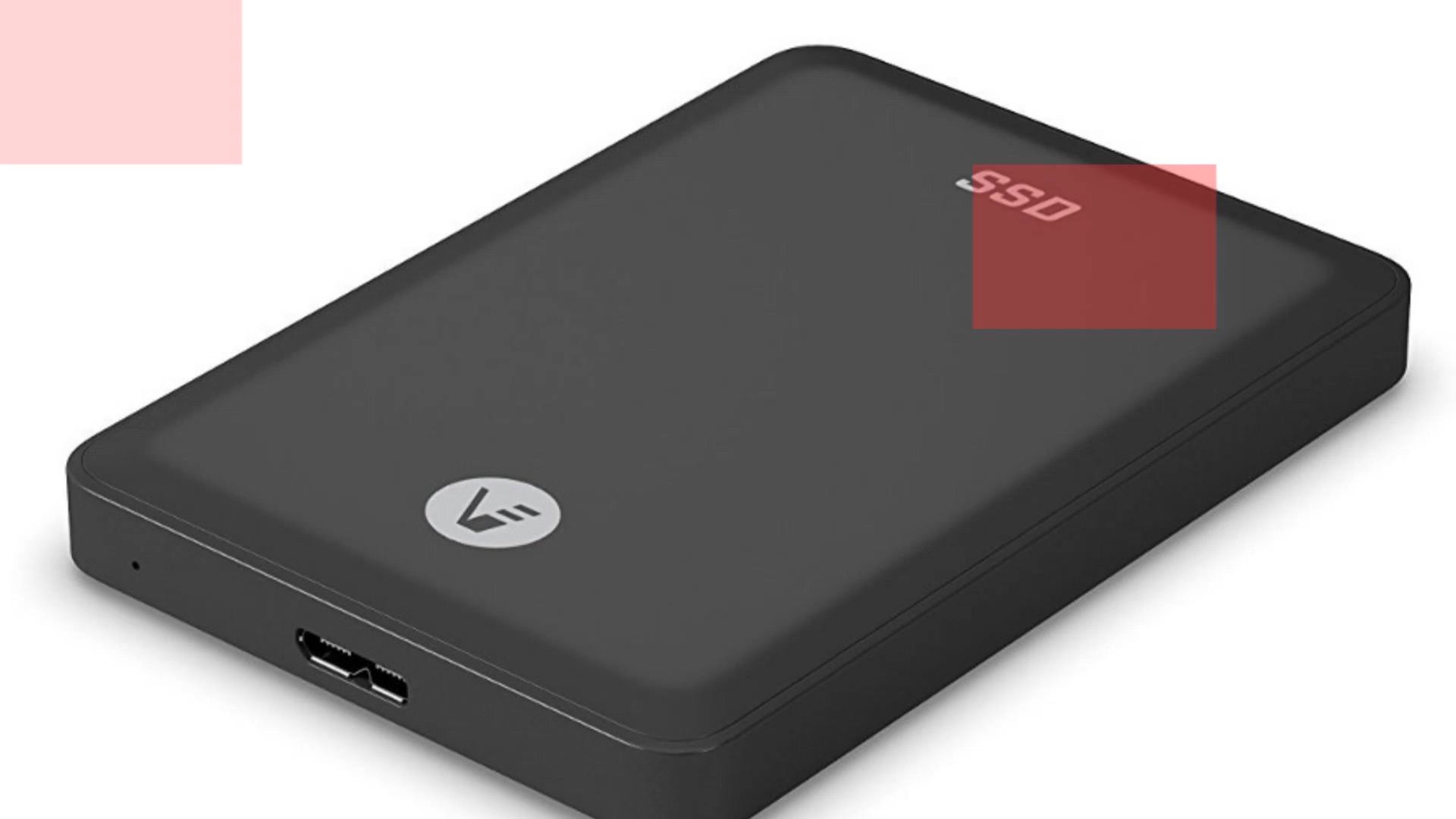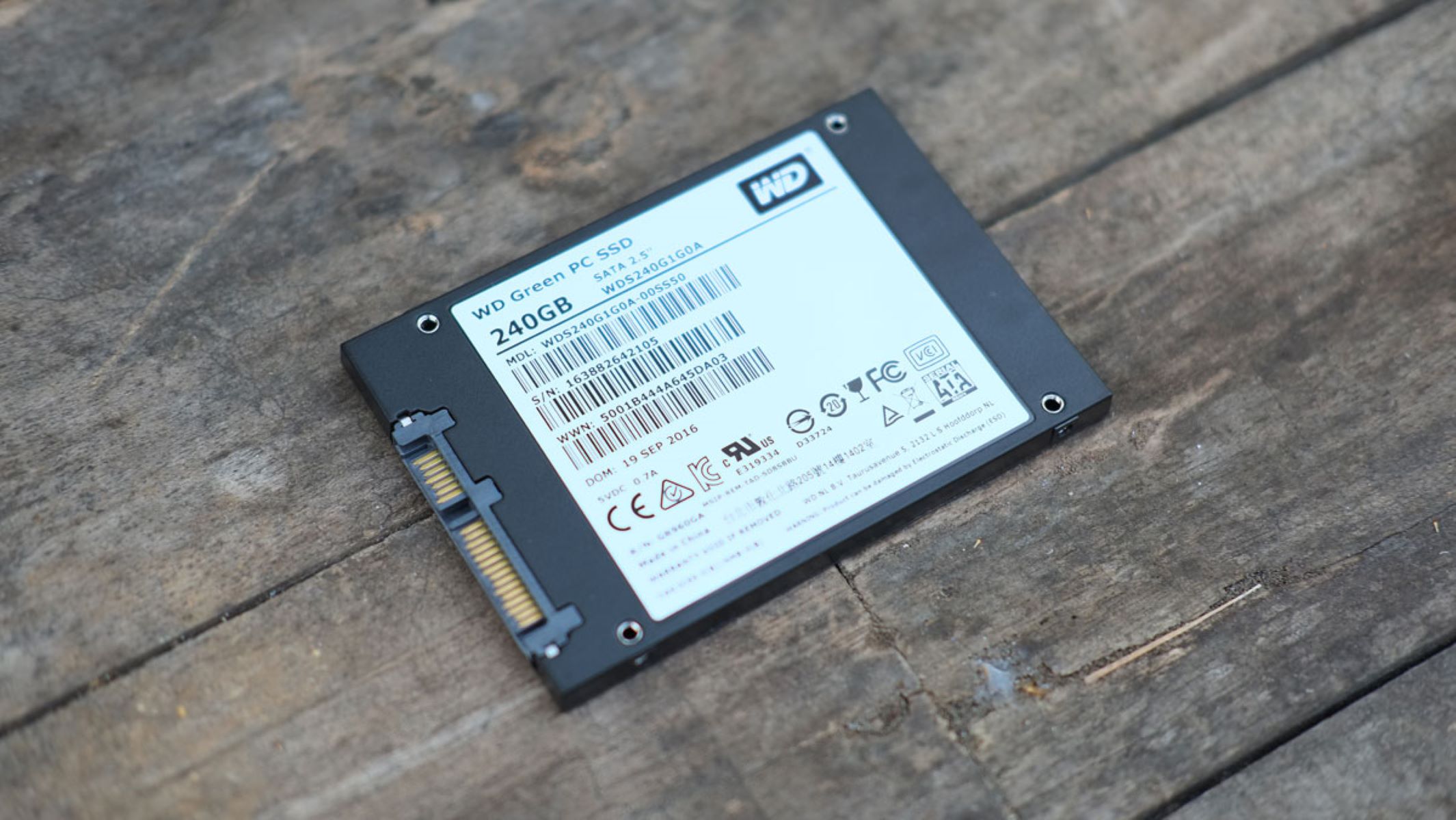Introduction
In today’s digitally-driven world, solid-state drives (SSDs) have become increasingly popular due to their faster read/write speeds and improved overall performance compared to traditional hard disk drives (HDDs). However, as with any technology, SSDs can encounter issues that hinder their performance. One common problem that users may encounter is the SSD running at 100% capacity. When this happens, it can significantly impact the speed and responsiveness of your computer.
If you’ve noticed sluggish performance, slow boot times, or unresponsive applications, it’s essential to address the issue promptly. In this article, we will explore why your SSD may be running at 100% and provide some practical solutions to help you resolve the problem and optimize your system’s performance.
Understanding the potential causes of your SSD running at full capacity is crucial in identifying the appropriate steps to rectify the situation. It’s essential to note that while some reasons for the SSD running at 100% may be specific to certain software or hardware configurations, there are common factors that can affect any system.
By becoming aware of these causes, you can take the necessary actions to alleviate the strain on your SSD and prevent any long-term damage. Whether you’re a casual computer user or a tech enthusiast, this article aims to provide you with the knowledge and solutions you need to keep your SSD running smoothly.
So, let’s dive into the world of SSDs and discover the reasons behind your SSD running at 100% and how to overcome this issue for a seamless and faster computing experience.
What is SSD?
A solid-state drive (SSD) is a type of storage device that uses flash memory to store data persistently, providing fast and reliable storage capabilities for computers and other electronic devices. Unlike traditional hard disk drives (HDDs), which use spinning disks and magnetic heads to read and write data, SSDs have no moving parts, making them more durable and resistant to physical shock.
SSDs are designed to deliver faster data access and transfer speeds, resulting in quicker boot times, faster application launches, and improved overall system performance. This is achieved through the use of NAND flash memory chips that store data electronically, allowing for almost instant access to information.
Another key advantage of SSDs is their ability to withstand extreme temperatures, making them suitable for a wide range of environments. Additionally, SSDs consume less power compared to HDDs, contributing to longer battery life in laptops and other portable devices.
As SSD technology has advanced, various form factors and interfaces have been developed to accommodate different devices and user needs. Some of the common SSD form factors include 2.5-inch drives, M.2 SSDs, and PCIe SSDs, each offering different installation methods and connection types.
The capacity of SSDs has also increased over time, allowing users to store larger amounts of data. SSD capacities can range from a few hundred gigabytes (GB) to several terabytes (TB), enabling users to store their operating system, applications, and important files with ease.
Overall, SSDs provide significant advantages over traditional HDDs, delivering faster performance, improved durability, and lower power consumption. Whether used in desktop computers, laptops, or servers, SSDs have become an integral part of modern computing systems, revolutionizing data storage and retrieval.
Why is my SSD running at 100%?
If you’ve noticed that your SSD is running at 100% capacity, it’s crucial to understand the underlying reasons causing this issue. Several factors can contribute to the high usage of your SSD, some of which are:
- Background Processes: Certain background processes or applications running on your computer might be utilizing a significant amount of your SSD’s resources. These processes could include antivirus scans, system updates, or other resource-intensive tasks.
- Insufficient RAM: When your computer doesn’t have enough Random Access Memory (RAM), it relies more heavily on the SSD to compensate. This increased reliance on virtual memory can lead to the SSD running at full capacity.
- Software or Driver Issues: Outdated or incompatible software and drivers can cause conflicts with your SSD, resulting in high usage. Faulty drivers or firmware can trigger excessive read and write operations, leading to the SSD being constantly busy.
- Malware or Viruses: If your computer is infected with malware or viruses, they can cause the SSD to work overtime as they try to access and modify your files. This increased activity can lead to the SSD running at 100%.
- Hardware Issues: Faulty or failing hardware components, such as the SATA cable connecting the SSD or the SSD itself, can cause performance issues and excessive SSD usage.
It’s important to note that the above reasons are not an exhaustive list, and there may be other factors specific to your system. Identifying the cause of the high SSD usage is the first step in resolving the issue and improving your computer’s performance.
In the next section, we’ll explore how to check if your SSD is running at 100% and discuss some useful methods to diagnose and troubleshoot the problem.
Common reasons for SSD running at 100%
When your SSD is running at 100% capacity, it can significantly impact your computer’s performance. While the specific reasons for the high SSD usage can vary depending on your system configuration, here are some common causes to consider:
- High CPU Usage: CPU-intensive tasks, such as running multiple applications simultaneously or heavy background processes, can cause the SSD to work harder as it fetches and stores data for the CPU. This increased workload can lead to the SSD running at full capacity.
- Insufficient RAM: If your computer doesn’t have enough RAM, it relies more heavily on virtual memory, which utilizes the SSD for storing temporary data. When the system uses virtual memory extensively, the SSD can become overwhelmed and reach its maximum capacity.
- Excessive Disk Usage: Some applications or services running on your computer may continuously read or write data to the SSD, resulting in high disk usage. This can be caused by software bugs, inefficient coding, or incorrect settings.
- Background Services: Certain background services, such as Windows Search indexing, antivirus scans, or system backups, can consume a significant amount of SSD resources. These services often run in the background and can cause the SSD to run at full capacity.
- Malware or Viruses: If your computer is infected with malware or viruses, they can cause excessive disk activity, resulting in the SSD being constantly busy. Malware can hog system resources and perform unauthorized operations, leading to high SSD usage.
- Hardware Issues: Faulty or failing hardware components, such as an outdated or malfunctioning SSD firmware, a failing SATA cable, or a problematic power supply, can cause the SSD to run at 100%. These hardware issues can disrupt the normal functioning of the SSD and affect its performance.
Identifying the specific cause of the high SSD usage may require some troubleshooting and investigation on your part. By understanding these common reasons, you can narrow down the possibilities and take appropriate steps to address the issue.
Next, we will discuss how to check if your SSD is running at 100% and introduce some useful methods to diagnose and resolve the problem.
How to check if your SSD is running at 100%
When you suspect that your SSD is running at 100% capacity, it’s important to confirm whether this is indeed the case. Here are some methods to check and monitor your SSD’s usage:
- Task Manager: The Task Manager is a built-in utility in Windows that allows you to monitor a variety of system resources, including disk usage. To access it, press Ctrl + Shift + Esc and then navigate to the “Performance” tab. Look for the “Disk” section, and under it, you can see the usage percentage for your SSD.
- Resource Monitor: Resource Monitor provides a more detailed view of your system’s resource usage. To open it, press Win + R to launch the Run dialog, type “resmon”, and press Enter. In the Resource Monitor window, go to the “Disk” tab, where you can see the current disk activity and usage of your SSD.
- Third-Party Utilities: There are various third-party software applications available, such as CrystalDiskInfo or HWMonitor, which can provide detailed information about your SSD’s health, temperature, and usage. These utilities often offer real-time monitoring and can give you a more comprehensive understanding of your SSD’s performance.
By using these methods, you can determine whether your SSD is reaching its maximum capacity. If you find that your SSD is running at 100%, it’s time to implement some practical solutions to alleviate the strain on your SSD and improve its performance.
Before diving into the solutions, it’s essential to back up important data on your SSD to prevent any potential data loss during the troubleshooting process. Once you have taken the necessary precautions, you can proceed with implementing the tips and techniques to reduce your SSD usage and enhance your system’s performance, which we will discuss in the next section.
Tips to reduce SSD usage and improve performance
If your SSD is running at 100% capacity, you can take several steps to reduce the SSD usage and improve overall performance. Here are some tips and techniques to consider:
- Optimize Startup Programs: Disable unnecessary startup programs that consume SSD resources during boot-up. You can manage startup programs in the Task Manager by navigating to the “Startup” tab and disabling any unwanted applications.
- Manage Background Processes: Identify resource-intensive background processes and consider disabling or limiting them. Check the Task Manager or Resource Monitor to identify any processes utilizing significant SSD resources, and disable or adjust them accordingly.
- Upgrade RAM: Adding more Random Access Memory (RAM) to your computer can help reduce the reliance on virtual memory and alleviate the strain on your SSD. Upgrading to a higher RAM capacity can improve overall system performance.
- Optimize Windows Settings: Adjusting certain Windows settings can help reduce SSD usage. For example, you can disable unnecessary visual effects, limit temporary file storage, and adjust power settings to optimize performance without excessively using your SSD.
- Perform Malware Scan: Run a thorough malware scan using reliable antivirus software to remove any malicious programs that might be causing excessive SSD usage. A clean system will help ensure smooth SSD operation.
- Update Drivers and Firmware: Keep your SSD drivers and firmware up to date to ensure optimal performance and compatibility. Visit the manufacturer’s website to find the latest updates and install them as necessary.
- Use Less SSD-Intensive Applications: Some applications, such as video editing software or gaming applications, can heavily utilize the SSD. If possible, try storing and running these applications on a separate drive to reduce the strain on your SSD.
Implementing these tips should help reduce SSD usage and improve the overall performance of your system. However, it’s important to note that the effectiveness of these suggestions can vary based on your specific system configuration and usage patterns.
If you continue to experience high SSD usage after implementing these tips, it may be beneficial to seek further assistance from technical support or consider consulting with a professional to diagnose any underlying hardware or software-related issues.
Conclusion
When your SSD is running at 100% capacity, it can be frustrating and lead to sluggish system performance. However, by understanding the common causes and implementing the suggested solutions, you can address the issue and improve your computer’s overall performance.
In this article, we explored the reasons why your SSD may be running at 100%, such as background processes, insufficient RAM, software or driver issues, malware or viruses, and hardware problems. We also discussed how to check if your SSD is running at full capacity using built-in tools and third-party utilities.
To reduce SSD usage and improve performance, we provided several practical tips, including optimizing startup programs, managing background processes, upgrading RAM, optimizing Windows settings, performing malware scans, updating drivers and firmware, and using less SSD-intensive applications.
It’s important to note that these tips may not eliminate the issue entirely, as individual system configurations can vary. If you continue to experience high SSD usage, it’s recommended to seek further assistance from technical support or consult with a professional.
Regularly monitoring your system’s SSD usage and taking proactive steps to optimize performance can help prolong the lifespan of your SSD and ensure a smoother computing experience. By keeping your SSD running smoothly, you can enjoy faster boot times, improved application responsiveness, and overall enhanced performance.
Remember, troubleshooting and addressing SSD-related issues require patience and careful consideration. By being proactive and taking the necessary steps, you can optimize your SSD’s performance and enjoy a seamless computing experience.







